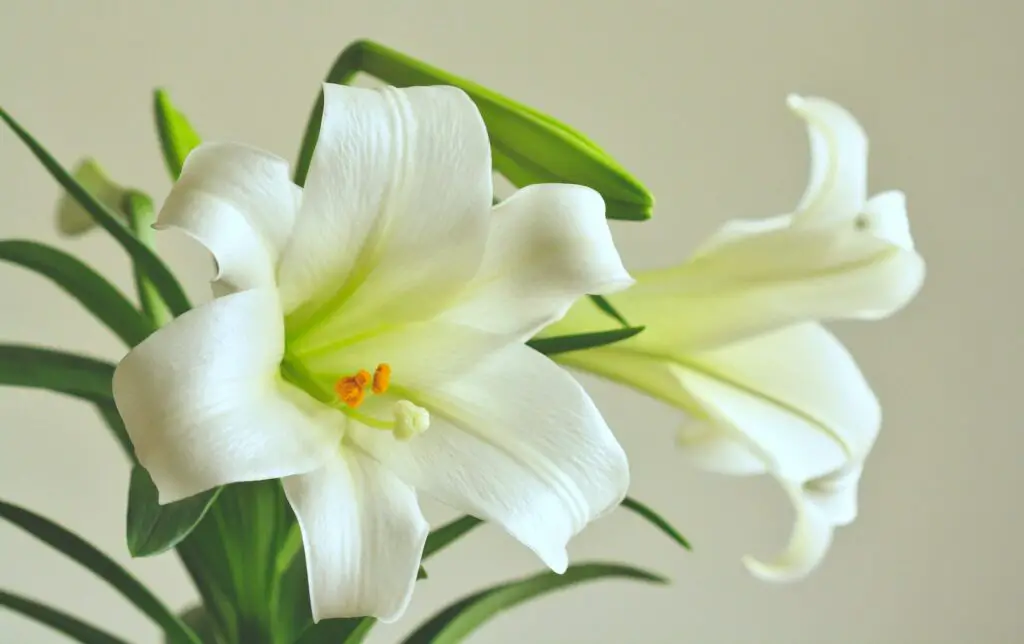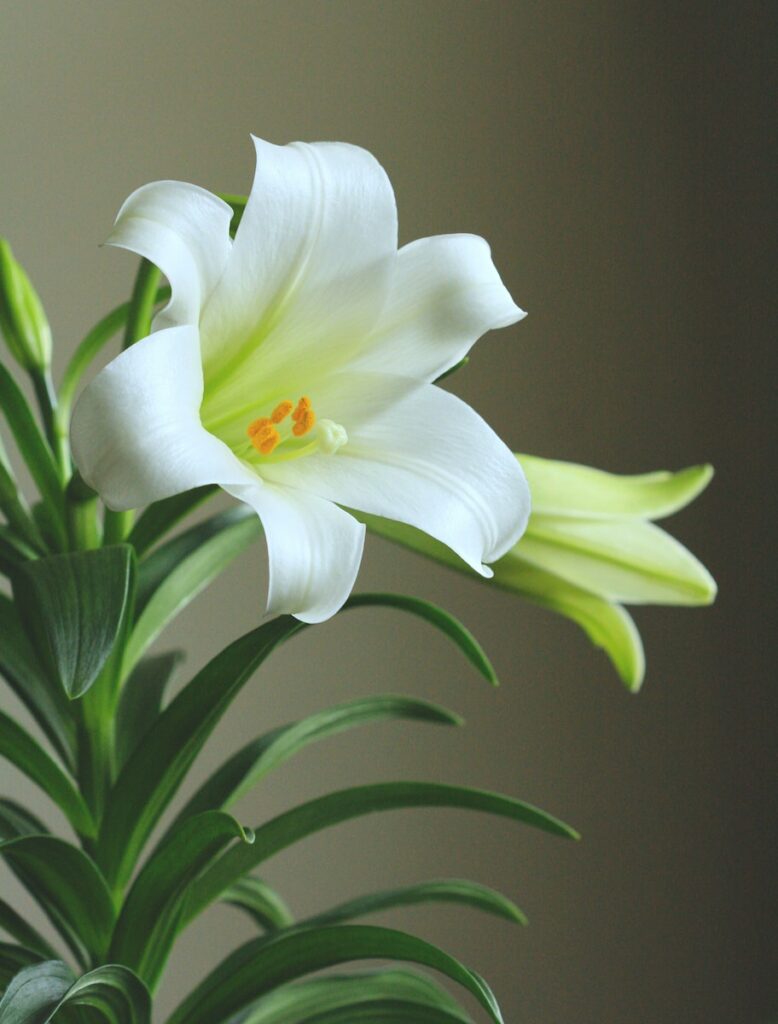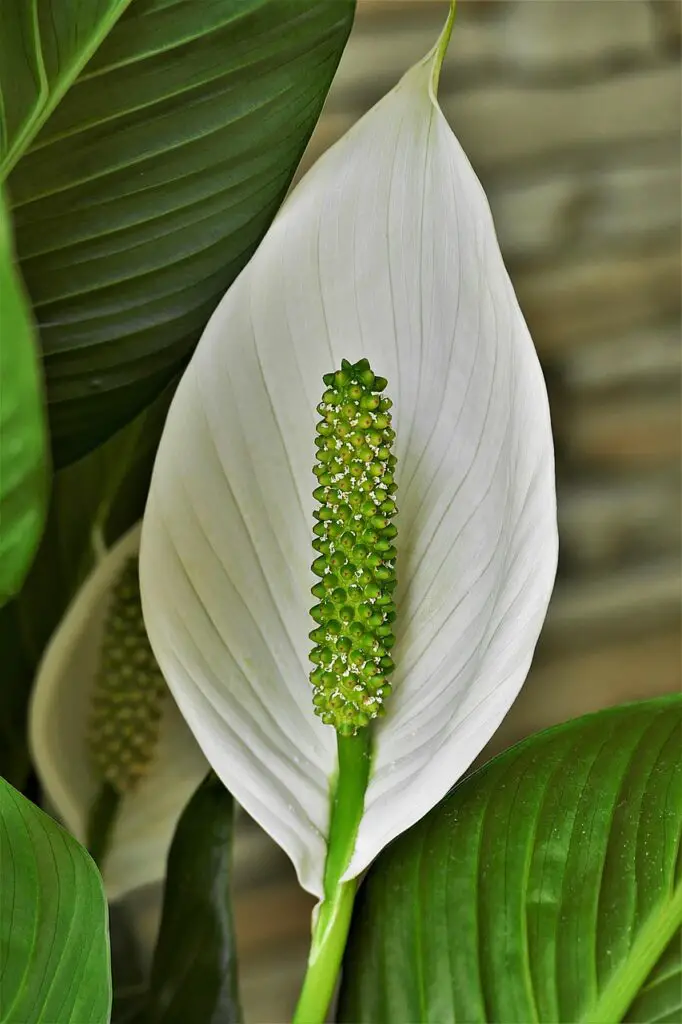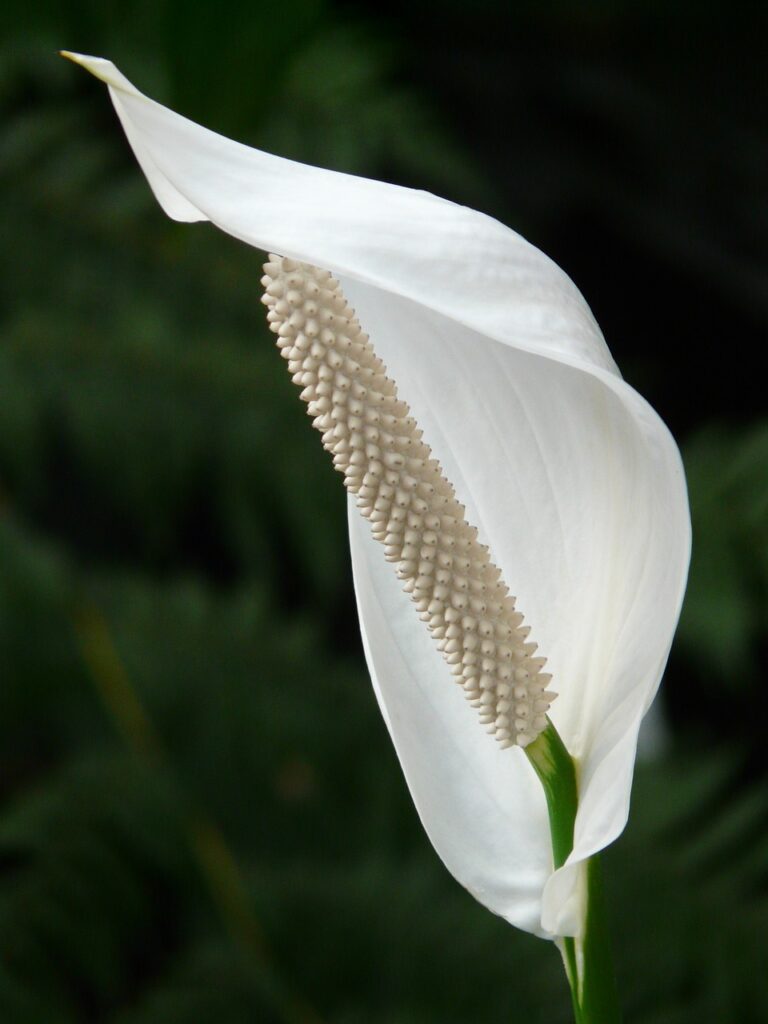
Peace lilies are a popular houseplant that can add a touch of greenery and elegance to any room. However, if you notice brown leaves or brown leaf tips on your peace lily, it can be concerning. Brown leaves are a common issue with peace lilies, and they can be caused by a variety of factors.
One of the most common reasons for brown leaves on peace lilies is overwatering. Peace lilies prefer well-draining soil, and if they are sitting in water for too long, the roots can become waterlogged and start to rot. This can cause the leaves to turn brown and wilt. Another possible cause of brown leaves on peace lilies is underwatering. If the plant is not receiving enough water, the leaves can start to dry out and turn brown.
If you notice brown leaves or brown leaf tips on your peace lily, it is important to identify the cause and take action to address it. By understanding the common causes of brown leaves on peace lilies, you can take steps to keep your plant healthy and thriving.
Table of Contents
Understanding Peace Lilies

Origin and Natural Habitat
Peace lilies (Spathiphyllum) are a popular houseplant that originated from the tropical rainforests of Central and South America. They are a member of the Araceae family and are related to other popular houseplants such as the philodendron and the pothos.
In their natural habitat, peace lilies grow on the forest floor and receive dappled sunlight. They prefer warm and humid conditions and can grow up to 6 feet tall. The peace lily is known for its ability to purify the air by removing harmful toxins such as benzene, formaldehyde, and carbon monoxide.
Anatomy of Peace Lilies
Peace lilies have broad, glossy leaves that can grow up to 20 inches long. The leaves are a dark green color and have a pointed tip. The plant produces white flowers that are similar in appearance to calla lilies.
The peace lily has a unique root system that consists of thick, fleshy roots that store water. This root system allows the plant to survive in low-light conditions and makes it a popular houseplant. The peace lily is also known for its ability to adapt to a variety of growing conditions.
In conclusion, understanding the origin and anatomy of peace lilies can help you better care for your houseplant. By providing the right growing conditions, you can help your peace lily thrive and prevent issues such as brown leaves.
Common Causes of Brown Leaves

Peace lilies are popular houseplants known for their lush green foliage and elegant white blooms. However, if you notice that the leaves of your peace lily are turning brown, it may be an indication of an underlying problem. Here are some common causes of brown leaves in peace lilies:
Watering Issues
Overwatering or underwatering can cause brown leaves in peace lilies. Peace lilies prefer to be kept consistently moist but not waterlogged. If the soil is too dry, the leaves will wilt and turn brown. On the other hand, if the soil is too wet, the roots can become damaged, leading to brown leaves. Additionally, using tap water that contains high levels of salt or chlorine can also cause brown leaves.
Light and Temperature Factors
Peace lilies prefer bright, indirect light and temperatures between 65-80°F. If the plant is exposed to direct sunlight or temperatures that are too high, the leaves can become scorched, leading to brown tips and edges. Temperature stress, such as sudden drops or fluctuations in temperature, can also cause brown leaves.
Soil and Fertilizer Concerns
Using an all-purpose indoor plant food can lead to overfertilizing and salt buildup in the soil, which can cause brown leaves. Peace lilies prefer a well-draining potting mix that allows for proper root aeration and drainage. Using a potting mix that retains too much moisture can lead to root rot and brown leaves.
Pest and Disease Problems
Pest infestations, such as spider mites, aphids, and mealybugs, can cause brown leaves in peace lilies. Additionally, diseases such as fungal infections can also cause brown spots and discoloration on the leaves. Using a fungicide or insecticidal soap can help control these issues.
In conclusion, brown leaves in peace lilies can be caused by a variety of factors, including watering issues, light and temperature factors, soil and fertilizer concerns, and pest and disease problems. By identifying and addressing the underlying issue, you can help your peace lily regain its health and beauty.
How to Care for a Peace Lily

Watering and Feeding
Peace lilies require regular watering to keep their soil moist but not waterlogged. Overwatering can cause the leaves to turn brown and droop. The frequency of watering depends on the humidity and temperature of the surrounding environment. In general, watering once a week is sufficient. It is recommended to use filtered water or let tap water sit for 24 hours to allow chlorine to evaporate before watering.
Feeding peace lilies with a balanced fertilizer once a month during the growing season can help promote healthy growth and prevent brown leaves. Be sure to follow the instructions on the fertilizer packaging and avoid over-fertilization, which can cause leaf burn.
Light and Temperature Requirements
Peace lilies prefer bright, indirect light but can tolerate low light conditions. Direct sunlight can scorch the leaves and cause brown spots. Placing the plant near a window with a sheer curtain can provide the right amount of light.
Peace lilies prefer temperatures between 65-80°F (18-27°C). Avoid placing the plant near drafts or in areas with extreme temperature fluctuations.
Soil and Repotting
Peace lilies prefer a well-draining potting mix with good air circulation. Repotting every 1-2 years can help prevent overwatering and promote healthy growth. When repotting, choose a pot with drainage holes and use a potting mix specifically formulated for peace lilies.
Pest and Disease Prevention
Peace lilies are prone to pest infestations such as spider mites, aphids, and mealybugs. Regularly inspecting the plant for signs of pests and treating them promptly can prevent brown leaves and other damage. Wiping the leaves with a damp cloth or misting the plant with a plant mister can help prevent pests.
Diseases such as fungal infections can also cause brown leaves. Using a fungicide as directed can help prevent and treat fungal infections.
Reviving a Brown-Leaved Peace Lily

If you notice that your peace lily’s leaves are turning brown, there are several things you can do to revive it. The first step is to identify the cause of the problem. Once you know what’s causing the brown leaves, you can take steps to correct the issue.
Pruning and Trimming
If your peace lily has brown leaves that are wilted or drooping, it may be a sign that the plant is dehydrated or suffering from plant shock. In this case, pruning and trimming can help to stimulate new growth and revive the plant.
To prune your peace lily, use a pair of sharp, clean scissors to cut away any brown or wilted leaves. Be sure to cut the leaves back to the base of the plant, as this will encourage new growth. You can also trim away any dead or damaged roots to help the plant recover.
Addressing Root Problems
If your peace lily has brown leaves that are curling or showing signs of leaf curling, it may be a sign of root problems. Root rot is a common issue that can cause brown leaves and other symptoms. To address root problems, you may need to repot your peace lily in fresh soil and trim away any damaged roots.
Correcting Water and Light Issues
Brown leaves can also be a sign of water or light issues. If your peace lily is not getting enough water, its leaves may start to turn brown and wilt. On the other hand, if your peace lily is getting too much direct sunlight, it may suffer from sunburn, which can cause brown leaves.
To correct water issues, make sure your peace lily is getting enough water. Water it when the top inch of soil is dry to the touch. To correct light issues, move your peace lily to a location where it will get bright, indirect light.
Managing Pests and Diseases
Brown leaves can also be a sign of pest infestation or disease. Spider mites, aphids, and mealybugs are common pests that can cause brown leaves. Fungal diseases can also cause brown spots or patches on the leaves.
To manage pests and diseases, use a fungicide or insecticide specifically designed for indoor plants. Be sure to follow the instructions carefully and avoid using too much, as this can damage your peace lily.